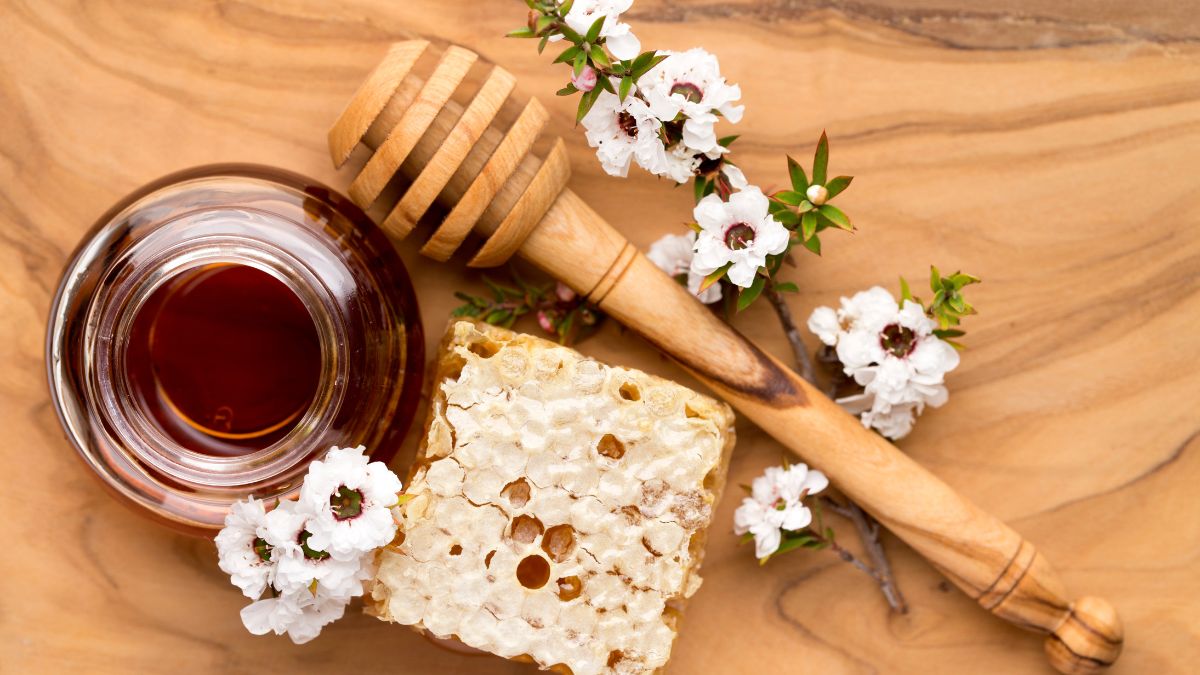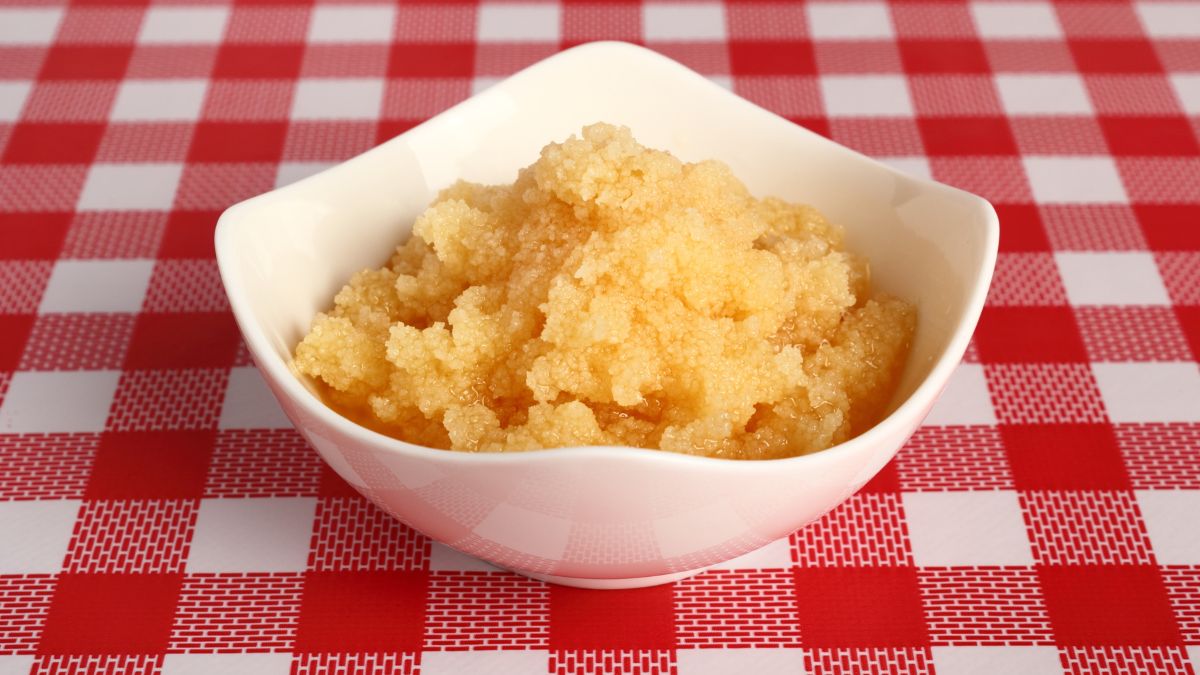Does Manuka Honey Ever Lose Its Magic?

From my own journey through the world of natural superfoods, I’ve come to hold a special admiration for Manuka honey, a true gem among them. Its unique flavor and the array of health benefits it’s said to offer have made it a staple in my kitchen.
Originating from the nectar of the Manuka tree in New Zealand, this honey variety has captured the attention of health enthusiasts and culinary connoisseurs alike. As its popularity surges, so do questions about the longevity of its enchanting properties.
Care to learn all about Manuka honey? If your answer is “yes”, join me as we delve into its world where you can unravel the secrets of the best Manuka honey, exploring its characteristics and potential shelf life and addressing the lingering query – does Manuka honey ever go bad?
Decoding the Magic of Manuka Honey
Before you embark on the journey to unveil the potential shelf life of Manuka honey and have ever wondered why is manuka honey so expensive, let’s dissect what makes this liquid gold so extraordinary.
Harvested by bees from the blossoms of the Manuka tree (Leptospermum scoparium), native to the pristine landscapes of New Zealand, Manuka honey boasts a distinctive taste profile. It is renowned for its high levels of methylglyoxal (MGO). MGO is the secret ingredient behind the honey’s robust antibacterial and antioxidant properties. [1]
The Unique Manuka Factor (UMF) comes into play to measure the antibacterial potency of Manuka honey. This rating system, akin to a quality stamp, signifies the honey’s potency – the higher the UMF, the more potent the honey. This nuanced grading system has become the gold standard for discerning consumers seeking the full spectrum of Manuka honey’s therapeutic benefits. [2]
Before diving into the nutritional details, please review our Nutritional Disclaimer page for important context and clarifications.
Deciphering the Shelf Life of Manuka Honey
The longevity of honey, Manuka included, is a fascinating aspect of its natural composition. Honey, in general, possesses an innate ability to resist spoilage due to its low water content and acidic pH. [3]
Under the right conditions, manuka honey can essentially last indefinitely. However, certain external factors can influence the quality and characteristics of honey over time.
The inevitable crystallization of honey is a case in point. Raw and unprocessed, Manuka honey is no exception to this natural phenomenon. While some may interpret crystallization as a sign of deterioration, it’s a benign process that alters the honey’s texture rather than its nutritional value.

To restore Manuka honey to its liquid state, a gentle warm-up in warm water, not exceeding 95°F (35°C), does the trick.
Addressing the Magical Question: Does Manuka Honey Go Bad?
In the ever-evolving narrative of Manuka honey, the resounding answer to whether it goes bad is a firm no. In the conventional sense, Manuka honey, like other honey varieties, does not spoil. Its intrinsic qualities, characterized by low water content and high acidity, create an environment hostile to bacteria and spoilage.
However, certain factors can influence the texture and consistency of Manuka honey over time:
- Crystallization: As previously mentioned, crystallization is a natural occurrence in honey, signaling the separation of glucose from water. Far from a sign of spoilage, this process is a testament to the purity and raw nature of the honey.
- Exposure to heat: Prolonged exposure to heat can alter the flavor profile and degrade the quality of Manuka honey. To preserve its taste and medicinal properties, storing honey in a cool, dark place is advisable.
- Contamination: While honey naturally possesses antibacterial properties, contamination can occur if foreign substances are introduced. Practicing good hygiene, using clean utensils and securely sealing the jar can prevent unwanted elements from compromising the honey.
- Storage conditions: The manner in which Manuka honey is stored significantly impacts its quality. A cool, dry place away from direct sunlight, with a tightly sealed jar, ensures the honey maintains its pristine condition.
Selecting Premium Manuka Honey
Beyond the UMF rating, consumers should pay attention to other quality markers, such as MGO (methylglyoxal) levels, pollen count and the honey’s geographical origin. These factors contribute to the honey’s unique characteristics and potential health benefits.
Additionally, seeking out customer reviews and testimonials can provide valuable insights into the experiences of other users, helping you make an informed choice amidst the diverse array of Manuka honey options available in the market.
Reputable brands often participate in third-party certifications, such as the Unique Manuka Factor Honey Association (UMFHA) or the New Zealand Manuka Honey Appellation Society (NZMHA), providing an extra layer of assurance regarding the honey’s authenticity. These certifications underscore a commitment to rigorous standards, ensuring that the Manuka honey you choose is not only of high quality but also ethically and transparently sourced.
Additional Insights: Regional Nuances in Manuka Honey Composition
As you delve deeper into the realm of Manuka honey, another intriguing aspect is the potential regional variations in its composition. The unique terroir of New Zealand, with its diverse landscapes and climate, contributes to the distinct characteristics of Manuka honey. The geographical factors, including soil type, climate conditions and the specific flora surrounding the Manuka trees, can influence the honey’s flavor profile and overall composition.
The varying terroirs of New Zealand contribute distinct floral notes and subtle flavor variations to Manuka honey, creating a sensory journey for enthusiasts. Exploring these regional nuances not only enhances the tasting experience but also deepens one’s appreciation for the intricate relationship between the honey, the environment and the beekeeping practices unique to each area. It’s a delightful exploration that goes beyond taste, revealing the intricate tapestry of nature’s influence on this exceptional nectar.
Sustainability and Ethical Practices: Nurturing the Essence of Manuka Honey
The blossoming awareness of sustainability and ethical beekeeping practices has become integral to the Manuka honey industry. Some producers adhere to eco-friendly methods, ensuring the bees are treated with respect, and their natural habitats are preserved.
Supporting brands that prioritize sustainable practices not only aligns with environmental consciousness but also enhances the overall integrity of the Manuka honey industry.
The journey of Manuka honey, from the hive to your table, involves a delicate interplay between nature, beekeepers and consumers, emphasizing the interconnectedness of responsible production and the pure, unadulterated magic found in every jar of this exceptional honey.
Conclusion
In the ongoing saga of Manuka honey’s rise to prominence, its everlasting allure remains unscathed. The query of whether it loses its magic with time is met with a resounding no – Manuka honey does not go bad. Instead, it undergoes natural processes like crystallization that do not compromise its nutritional value or potential benefits.
To preserve the enchantment of Manuka honey, store it with care, ensuring it is shielded from heat, light and potential contaminants. With its extraordinary antibacterial properties and unique taste, Manuka honey is not just a condiment but a versatile companion in your culinary and wellness journey. So, as you savor the richness of this golden elixir, rest assured that its magic is not bound by time but continues to unfold with each spoonful.
